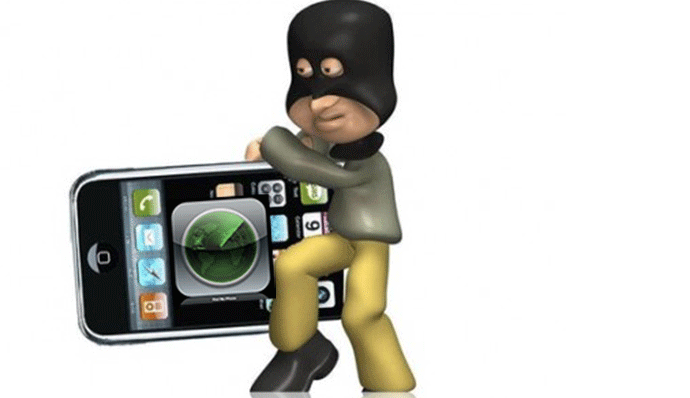The Wall Street Journal analysis questions value of anti-theft software
The kill switch – software that enables a user to “brick” a stolen phone remotely – is meant to deter thieves by making stolen phones less valuable. For months, wireless carriers and device makers pushed industry initiatives that they said would accomplish this, but this month California’s state legislature made the kill switch mandatory for all phones sold in the state.
Until now, California’s Apple iPhone users had the option of activating the phone’s kill switch. Now the kill switch will be activated before purchase on all new phones.
But in some cases the kill switch may not actually deter thieves. The Wall Street Journal analyzed data on iPhone thefts in four cities before and after September 2013, when Apple first made the kill switch software available. Thefts declined in San Francisco and Oakland, Calif., and Austin, Texas, but in Seattle they skyrocketed. Now, almost two years after the software debuted, iPhone thefts are down significantly in the two California cities. In Austin and Seattle, police are reporting roughly the same number of monthly iPhone thefts that they saw in September 2013.
There are at least two possible explanations for this. First, even dead phones have value to thieves because they can sell them for parts. Second, many users do not activate the software, and thieves know this. That’s why California lawmakers were so intent on making the kill switch activation mandatory.
Wireless carriers have argued that the kill switch could open the door for hackers to disable smartphones, including those used by public safety officials. Opposition to the mandatory kill switch kept the bill from passing the first time it was introduced in California.
The Wall Street Journal’s four-city analysis stands in contrast to a report presented by the New York attorney general’s office earlier this year. That report found that since the introduction of the kill switch software, iPhone thefts had plummeted 16% in New York, 40% in London and 22% in San Francisco.
Image source: HQTips.com

